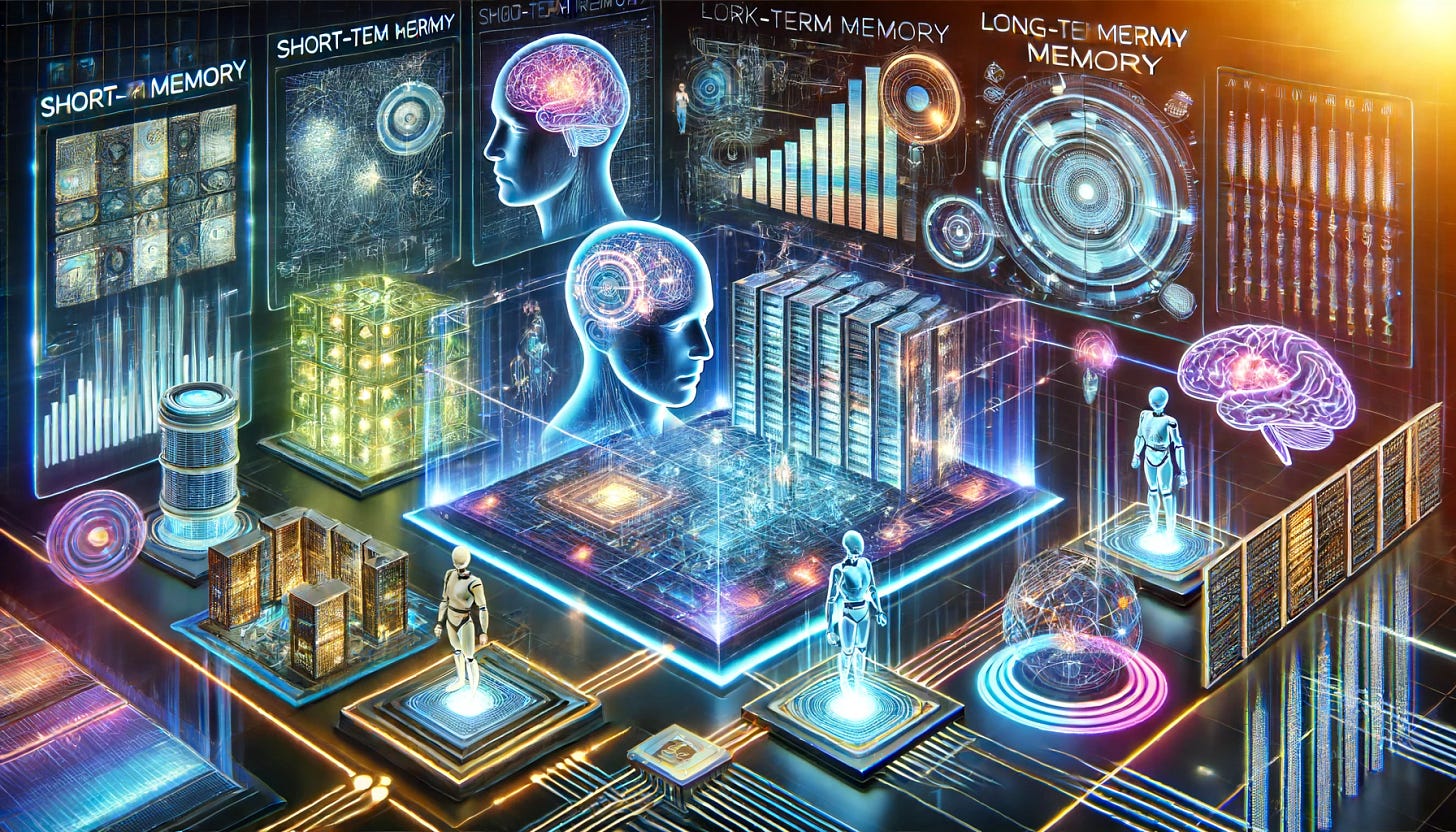Edge 405: Memory and Autonomous Agents
Augmenting autonomous agents capabilities with different memory architectures can lead to amazing capabilities.
In this Issue:
An introduction to memory-augmentation in autonomous agents.
A review of a groundbreaking paper published by Google and Stanford University demonstrating that memory-augmented LLMs are computationally universal.
An overview of the Camel framework for building autonomous agents.
💡 ML Concept of the Day: Memory and Autonomous Agents
Memory is one of the key building blocks of autonomous agents. This component is essential to structure how agents accumulate knowledge based on interactions with the environment and use that knowledge in future interactions. In general terms, memory in autonomous agents can be classified in two main groups:

